From third place, Vietnamese bananas surpassed the Philippines, accounting for nearly 41% of China's import market share, taking the lead after 10 years.
In recent years, Vietnamese bananas have emerged as one of the main export items, especially in the mainland Chinese market. Earlier this year, fresh bananas from Vietnam marked a big step forward when they dominated the shelves of supermarket chains. AEON in China, completely replaced bananas from the Philippines and Taiwan, which were previously dominant.
This not only happens at AEON but also spreads to many other supermarket chains and large wholesale markets in this country.
Currently, Hoang Anh Gia Lai ’s Pleiku Sweet bananas, one of the prominent brands in China, are packaged according to Japanese standards in small quantities of 3-4 fruits per bag. Every week, this brand exports several dozen containers, meeting the growing demand of the Chinese market.
According to Mr. Doan Nguyen Duc, Chairman of Hoang Anh Gia Lai, bananas from Vietnam are formidable competitors of exporters from the Philippines and Ecuador in the international trading floor.
Mr. Dang Phuc Nguyen, General Secretary of the Vietnam Fruit and Vegetable Association, commented that in the past two years, the market share of Vietnamese bananas in China has increased sharply thanks to their superior quality, beautiful design and reasonable prices.
The latest figures from China Customs show that in the first eight months of the year, the country imported more than 1.1 million tons of bananas worth $592.1 million. Although total imports decreased by nearly 8% compared to the same period in 2023 due to the economic downturn, Vietnam still emerged as a bright spot with exports increasing by 19.6%, reaching 459,946 tons, accounting for more than 40% of total imports. The market share of Vietnamese bananas increased from 31.3% in 2023 to 40.7% this year - an impressive figure.
In contrast, competitors like the Philippines are facing many challenges. Once accounting for two-thirds of China's total banana imports, the Philippines now exports only 283,150 tons in the first 8 months of the year, down 39.2% compared to the same period last year. The country's export value also fell sharply by 46.7%, to only 158 million USD. Although the price of Philippine bananas has decreased, it is still higher than that of Vietnamese products, making this fruit gradually lose its competitiveness.
Meanwhile, Ecuador, a country known for its premium banana segment, maintained its position with an average value of 676.8 USD per ton - the highest among suppliers, but also suffered a slight decline in both export volume and value.
The Import-Export Department ( Ministry of Industry and Trade ) stated that unfavorable weather in the Philippines, along with pest problems, has reduced production and pushed up banana prices in this country, creating opportunities for exporters from Vietnam to expand their market share. In addition, geopolitical tensions have caused China to reduce imports from the Philippines, helping Vietnam take advantage of the opportunity to increase its position in this market.
According to businesses, the factors driving the success of Vietnamese bananas in China include product quality, stable output and flexible pricing strategies. Vietnam has made good use of its geographical advantage, with logistics costs significantly lower than other countries. In addition, Vietnamese businesses have made efforts to comply with China's strict quarantine standards, significantly improving their access to this market.
However, exporting bananas to the Chinese market still faces challenges. According to Mr. Vo Quan Huy, Director of Huy Long An Company Limited, prices here fluctuate strongly, depending largely on the season and domestic demand. While other markets such as Japan or South Korea maintain stable prices year-round, China has constant changes, requiring exporting enterprises to flexibly adjust their strategies to avoid losses.
Weather also plays a role. In China, banana season typically lasts from May to September, with harvest from July to October. This means that product prices often fall at the end of the year due to increased domestic supply. However, businesses with stable distribution strategies and superior quality still maintain their popularity with consumers here.
In the context of increasingly fierce competition, Vietnamese bananas have affirmed their position thanks to the continuous efforts of businesses and flexible market approach strategies. This is not only a positive signal for the Vietnamese agricultural industry, but also opens up great opportunities to expand market share and develop sustainably in the future.
Source


![[Photo] More than 124,000 candidates in Hanoi complete procedures for the 2025 High School Graduation Exam](https://vphoto.vietnam.vn/thumb/1200x675/vietnam/resource/IMAGE/2025/6/25/fa62985b10464d6a943b58699098ae3f)
![[Photo] First training session in preparation for the parade to celebrate the 80th anniversary of National Day, September 2nd](https://vphoto.vietnam.vn/thumb/1200x675/vietnam/resource/IMAGE/2025/6/25/ebf0364280904c019e24ade59fb08b18)

![[Photo] General Secretary To Lam works with the Standing Committee of Quang Binh and Quang Tri Provincial Party Committees](https://vphoto.vietnam.vn/thumb/1200x675/vietnam/resource/IMAGE/2025/6/25/6acdc70e139d44beaef4133fefbe2c7f)














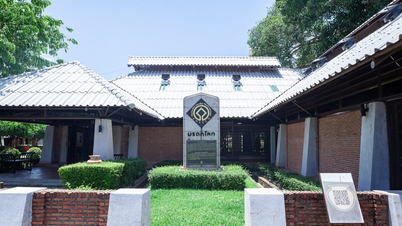



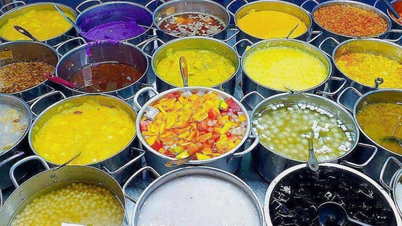















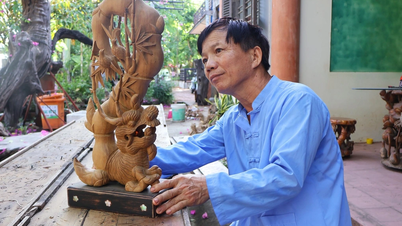

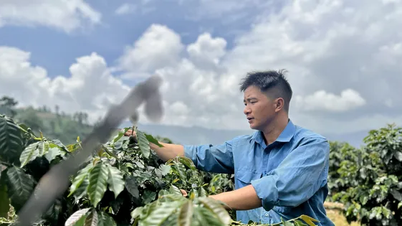


























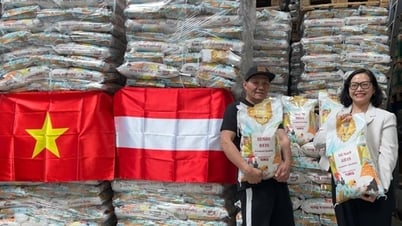

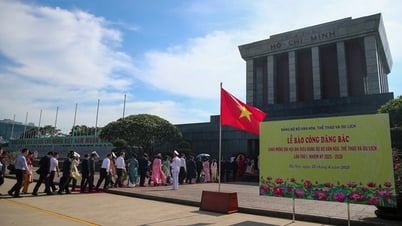
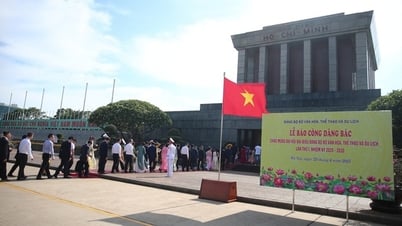




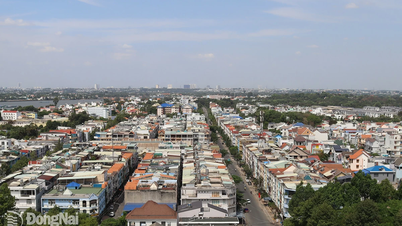






















Comment (0)